Test: Alternative drinking straws
Supplies of these nasty, environmentally unfriendly plastic straws are slowly but surely running out. It's time to think about which alternatives you'd like to switch to in the long term.
In recent months, the topic of plastic has been a constant feature in the media. Single-use plastic straws are being phased out, and alternatives promising environmental friendliness are springing up everywhere. So many alternatives that it's hard to know which option is the best and most environmentally friendly. Ultimately, in addition to their usefulness, their production and recycling should also be compared.
To clarify one thing up front: this review compares five alternative materials (glass, stainless steel, paper, bamboo, and noodles) in terms of their everyday use. Unfortunately, there is no carbon footprint for their production. 😉
Below in the table you'll find the links to the respective products where I purchased them. These links are not intended to be an advertisement for the respective shops, but are provided for information purposes only.
The five materials of the drinking straw and their advantages
Glass, stainless steel, paper, bamboo and edible straw
In this test, we'll look at five alternative materials: glass, stainless steel, and natural bamboo. All three materials are reusable and easy to clean, which I really like. Also included in this test is an edible straw (a material similar to pasta) and a paper straw (well, mostly paper, just coated).
In this review, I'm not going to cover reusable silicone straws. This is for a purely personal reason: I'm not a silicone fan; I just don't like the material. I also don't include reusable plastic straws. The reason should be understandable. 🙂
- Glass
- Edible
- stainless steel
- bamboo
- Paper

The test
5 questions that need to be clarified
For the test, I mixed myself a fine gin & tonic. In my straw comparison, I was able to answer the following questions:
- Do the different materials impart a taste?
- How do the materials feel on the lips?
- Does the material have an influence on the drink in terms of:
- Cooling?
- Carbonic acid?
- And how do you clean the reusable straws?
And of course, we also look at the appearance and the price in this comparison.
The course
First, I took a sip of my freshly mixed gin & tonic from each straw and was surprised to see the differences in carbonation and the difference in the way the materials felt in the mouth. Since I immediately realized that it's not that easy to pick a winner or loser right away, I decided to divide the drinks into different categories and assign grades.

Paper in the mouth
It's astonishing how different the straws taste when compared side by side. A strong gin & tonic will of course still taste like a gin & tonic, but a direct comparison when drinking with the different straws reveals a clear difference. Glass is completely tasteless, whereas paper, in particular, gives off a slight cardboard taste. Even the stainless steel straw was not tasteless: there was a faint hint of tin. And bamboo and the noodles also had a slight taste of their own. Whether you'd notice it if you weren't paying attention is questionable. Clear winner in this round: glass!

And again the carbon dioxide gives way
As you already know from my ice cube test, I don't particularly like it when the carbonation escapes from my drink quickly. Unfortunately, I discovered that some drinking straws are also culprits in this regard. And since I didn't expect this at all with drinking straws, I was all the more horrified: as soon as you put the straw noodle in your drink, it all happens: fizzing everywhere and everywhere. Apparently, the surface of the noodle is so rough that the carbonation releases directly from the drink. What a shame. Incidentally, you also notice this when drinking: glass, stainless steel, and paper have hardly any noticeable effect on the fizziness of the drink after you've drunk it. In comparison, if you drink from the bamboo or the noodle, the drink feels considerably softer. Of course, the noodle is not only rough on the outside, but also on the inside. It's a real shame, but in this category the noodle has to be the loser.

What flatters my lips
What particularly surprised me, but is perfectly logical, was the feeling of the different straws on my lips. Without a direct comparison, I probably wouldn't notice it so much. The paper straw was the strangest; it felt like paper between my lips, as if I had to worry about the straw dissolving (it didn't, of course). The stainless steel straw seemed sharper and even uncomfortable compared to the glass. The glass had wonderfully rounded edges; you could almost say it flattered my lips. 😉
The bamboo had similarly sharp edges to stainless steel, only significantly warmer. (Stainless steel conducts the temperature of the cool drink all the way to your lips!) The edible straw was a bit too thin for me personally, but it felt fine against my lips.

Chinese import vs. Made in Germany
In terms of price, the glass straws are the most expensive. At almost €3.50 each, all the other straws lag far behind: the stainless steel straws cost around €1 each, and the bamboo straws cost 0.83 cents each, making them the cheapest reusable straws! The single-use noodles cost a whopping 0.20 cents each, while the paper straws cost a mere 0.80 cents. Isn't that perverse? The noodles and the glass straws are produced in Germany, while the paper straws, bamboo straws, and stainless steel straws are shipped to us from China and Indonesia for their low price, and they're still cheaper! Crazy world.

In an instant, sparkling clean
The stainless steel, glass, and bamboo straws are reusable and therefore easy to clean. Each straw delivery included small straw cleaners, so you can easily scrub the inside of the straws as well. Super easy, super quick! Bamboo straws can sometimes discolor. If you drink cherry juice with a bamboo straw, you might soon have a pink dream in your hands. And discolored straws aren't so easy to clean. I'm particularly impressed with the glass straw when it comes to cleaning: You can see through them and immediately see where you need to scrub inside. Great!
For every style & every taste
Giving the straws a grade based on their appearance is really difficult. After all, you have completely different materials that look super stylish and appropriate depending on the concept and context, or not. The paper straws are available in countless different designs and colors, the stainless steel looks classy and chic, and the bamboo works well anywhere naturalness is a priority. Personally, I like the edible straw the least, but that's really just a matter of taste.
Grades |
The taste |
Carbonic acid |
Mouthfeel |
Glass |
1 | 1 | 1 |
noodle |
2.5 | 4 | 3 |
stainless steel |
2 | 1 | 3 |
Paper |
2.5 | 1 | 3 |
bamboo |
2 | 2 | 2 |
| Price | Production | cleaning | |
| Glass | 3.50€/piece | Made in Germany |
reusable, durable, but sensitive |
| noodle | 0.20€/piece | Made in Germany |
for single use |
| stainless steel | 1.00€/piece | Made in China |
reusable, extremely durable |
| Paper | 0.08€/piece | Made in China |
for single use |
| bamboo | 0.83€/piece | Made in Indonesia |
reusable, but not forever durable |
Conclusion
My personal favorite
Considering all the factors I can personally evaluate, there's only one winner for me: the glass straw, assuming it was made in Germany. The stainless steel straw was too sharp on my lips, the paper tasted too much like paper, and the edible straw was, on the one hand, too thin for me and, on the other, it released too much carbon dioxide from the drink. The bamboo straw could have competed, especially the price is worlds better compared to the glass straw, but it's imported from Bali.
The glass drinking straw convinced me in all categories, so I can overlook the high price:
- completely tasteless,
- hygienic and easy to clean,
- you can see through the straw and see if it is really clean inside,
- it hardly releases any carbon dioxide from the drink,
- feels pleasant on the lips,
- reusable and durable,
- Made in Germany.
Glass
- tasteless,
- looks stylish,
- easy to clean,
- durable, but you should be careful when handling it,
- feels soft on the lips thanks to the rounded edge.
- Very expensive to purchase,
- Manufactured in Germany.
bamboo
- not tasteless,
- looks stylish,
- easy to clean,
- Material may discolor in drinks,
- natural material.
- reusable, but not forever durable,
- Very expensive to purchase,
- Manufactured in Indonesia.
stainless steel
- not tasteless,
- has a cooling effect,
- Edge feels uncomfortable on the lips,
- durable and insensitive,
- easy to clean,
- Relatively expensive to purchase,
- Manufactured in China.
noodle
- not tasteless,
- looks kind of strange to me,
- not reusable,
- relatively inexpensive to purchase,
- Manufactured in Germany.
Paper
- not tasteless,
- is available in many stylish designs,
- not reusable,
- relatively inexpensive to purchase,
- Manufactured in China.
My conclusion
For me personally, glass is the winning material for drinking straws. They're durable and very easy to clean, made in Germany, and the rounded edges flatter my lips. 😉
Our bestsellers
View all
Author Andrea
Not only do I love distilling, but I also enjoy sharing my knowledge, experience, and passion. In my blog posts, I take you on a journey through everyday life at our distillery and on our small business. Of course, there are also drinks to enjoy along the way.



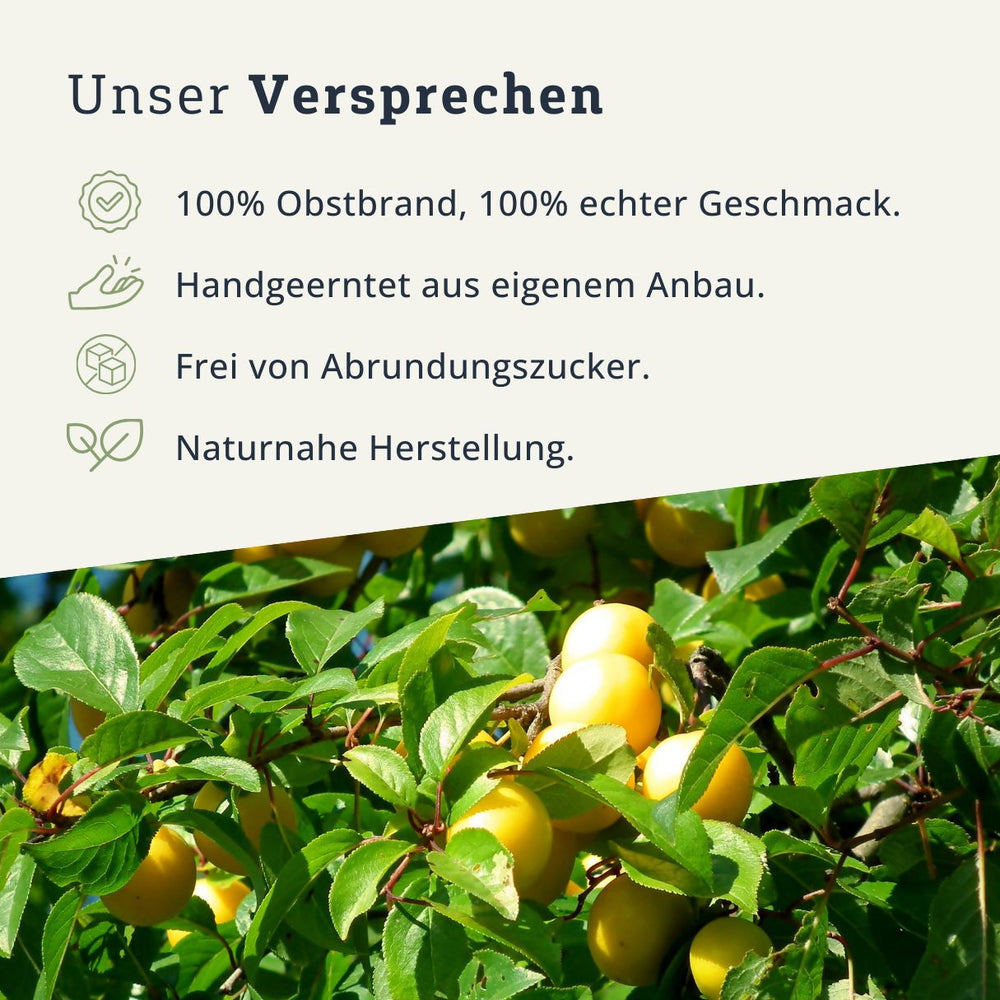

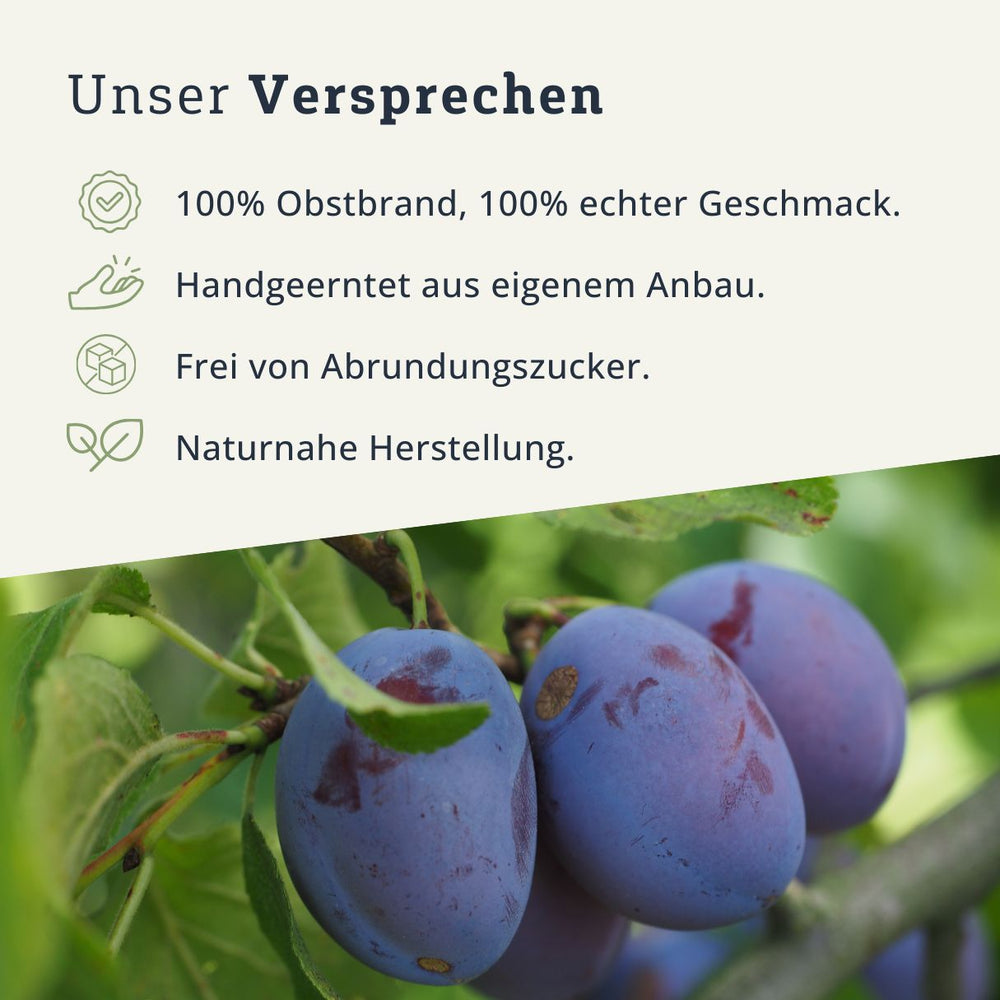

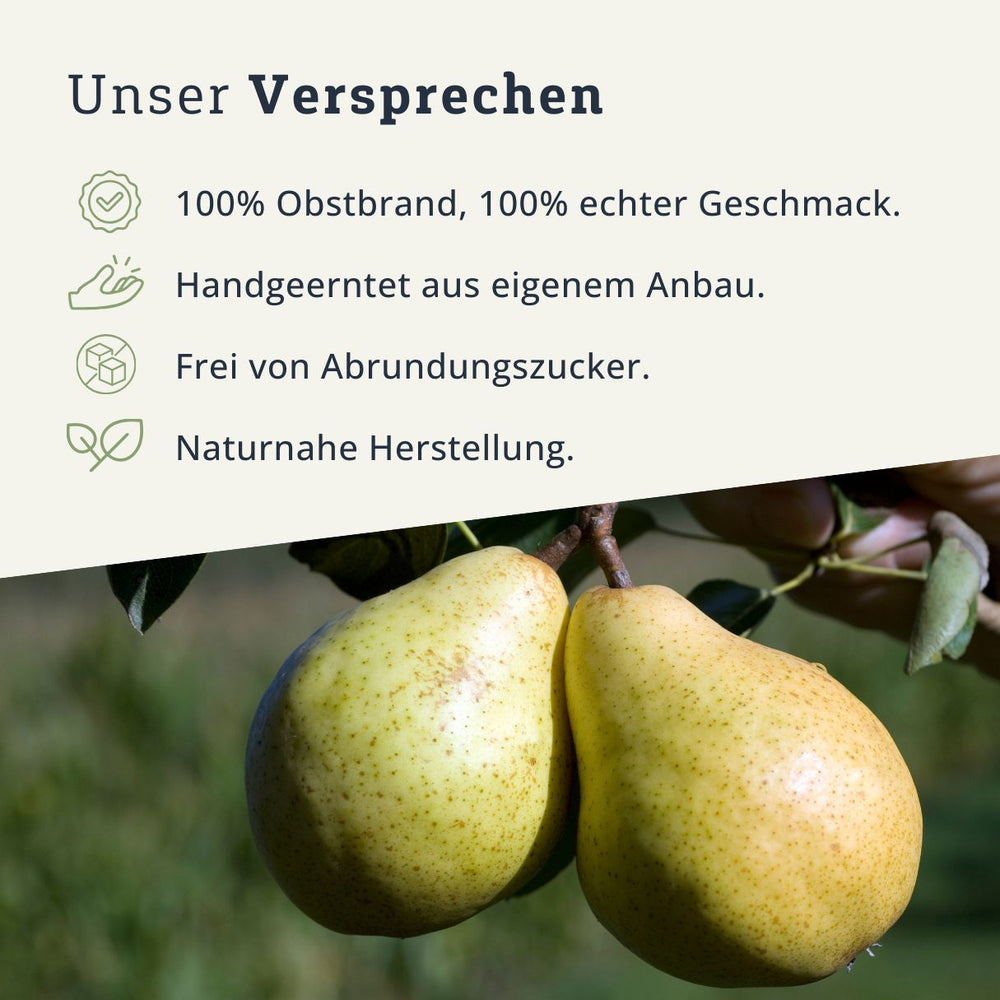
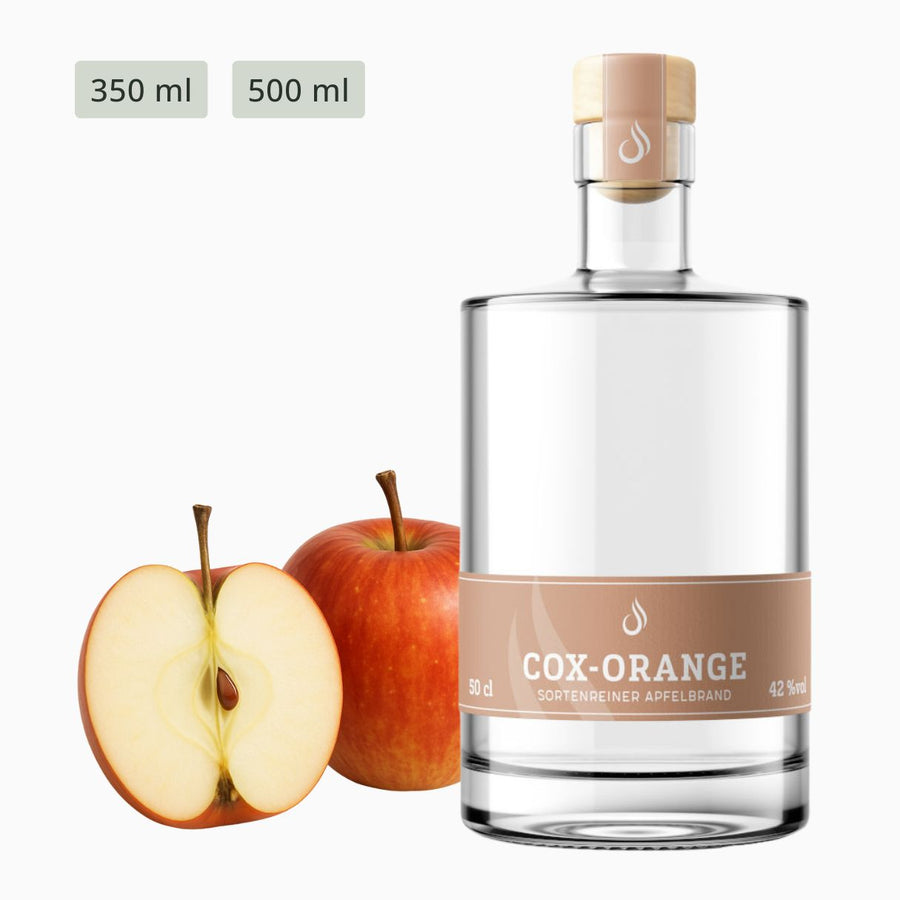
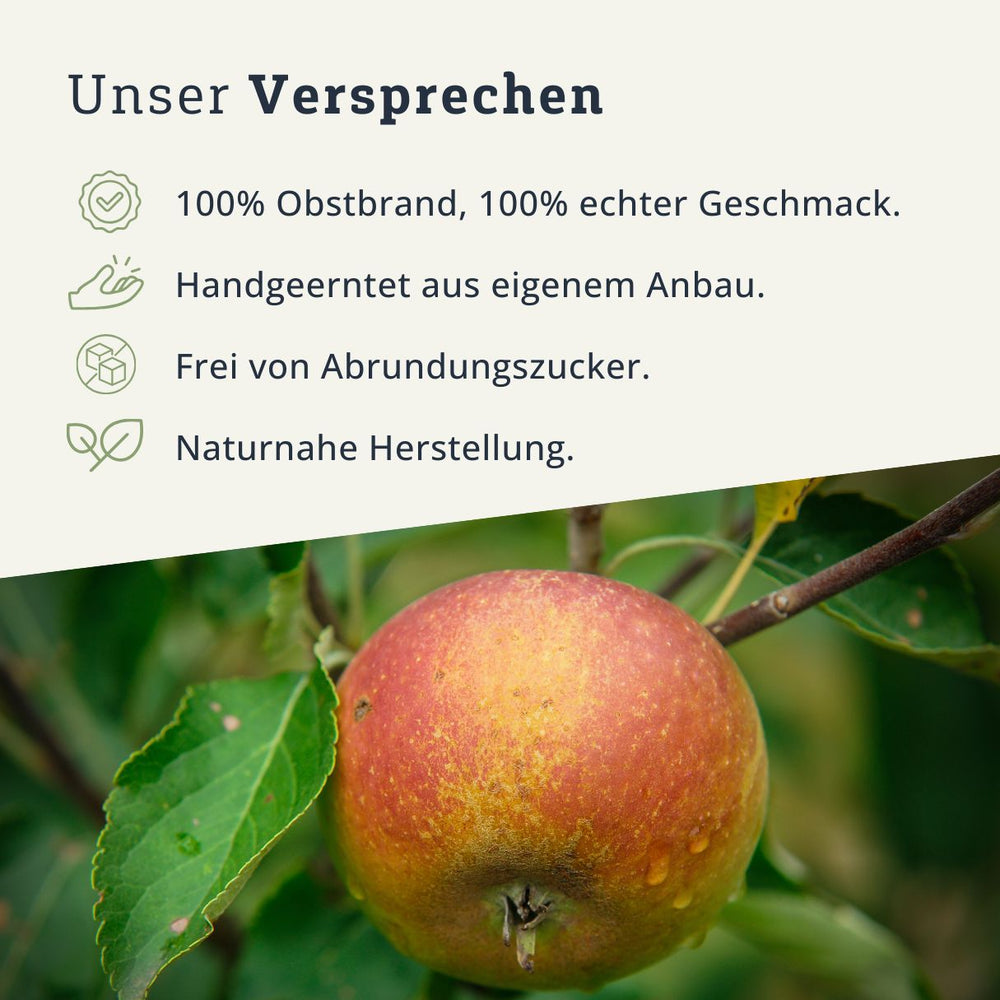


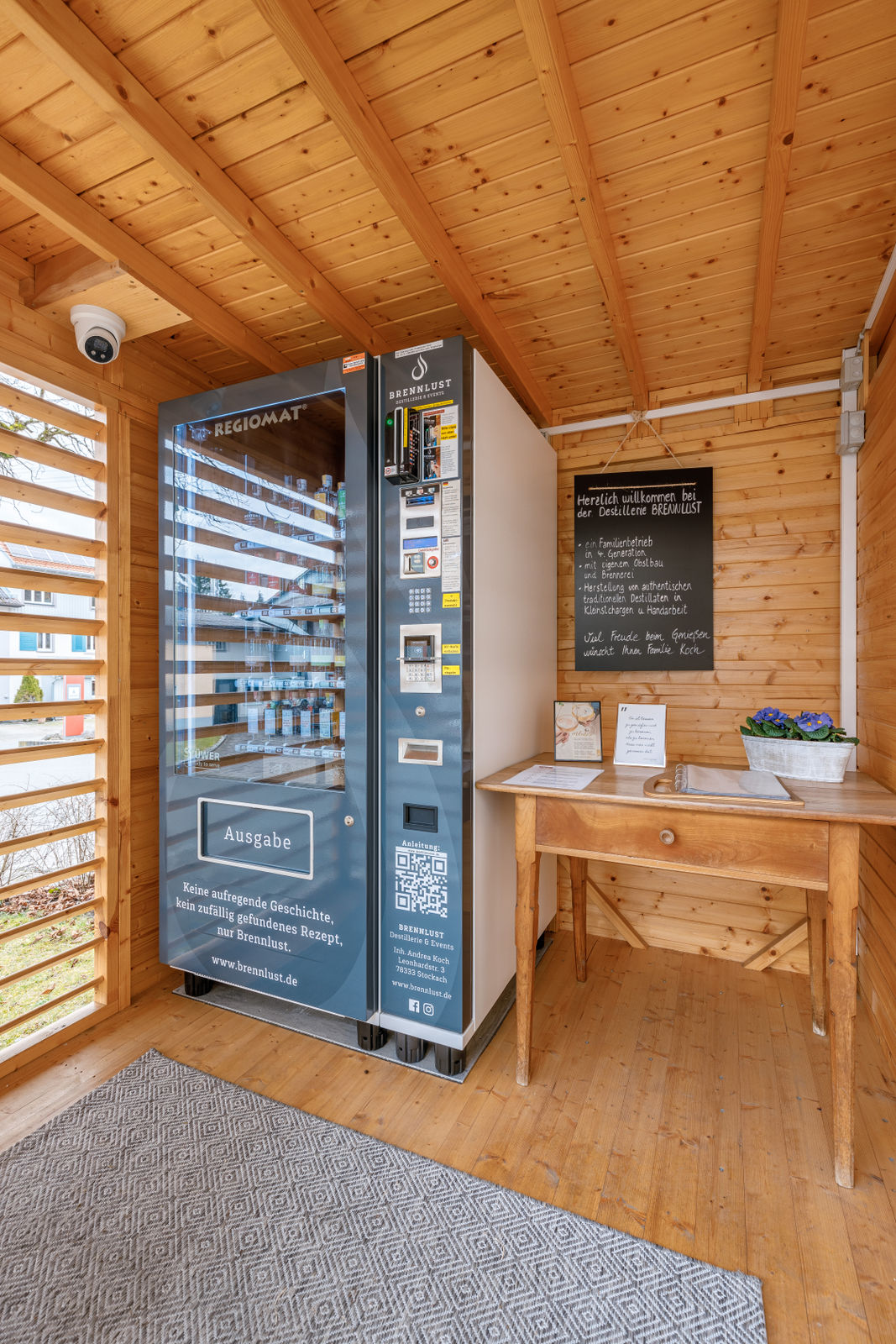
Leave a comment